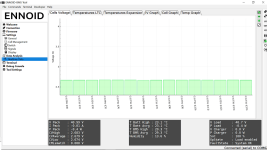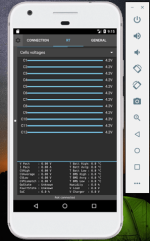User guide link for the interested & also block diagram for SS version:
User guide (work in progress):
https://drive.google.com/file/d/1uOrFBpyzokOVYcjlZ8XJ_fpcNXJhhk6q/view
Block diagram:
https://drive.google.com/file/d/1m466abl468eSJYFaoC2uhdircRuGtzbd/view
User guide (work in progress):
https://drive.google.com/file/d/1uOrFBpyzokOVYcjlZ8XJ_fpcNXJhhk6q/view
Block diagram:
https://drive.google.com/file/d/1m466abl468eSJYFaoC2uhdircRuGtzbd/view





